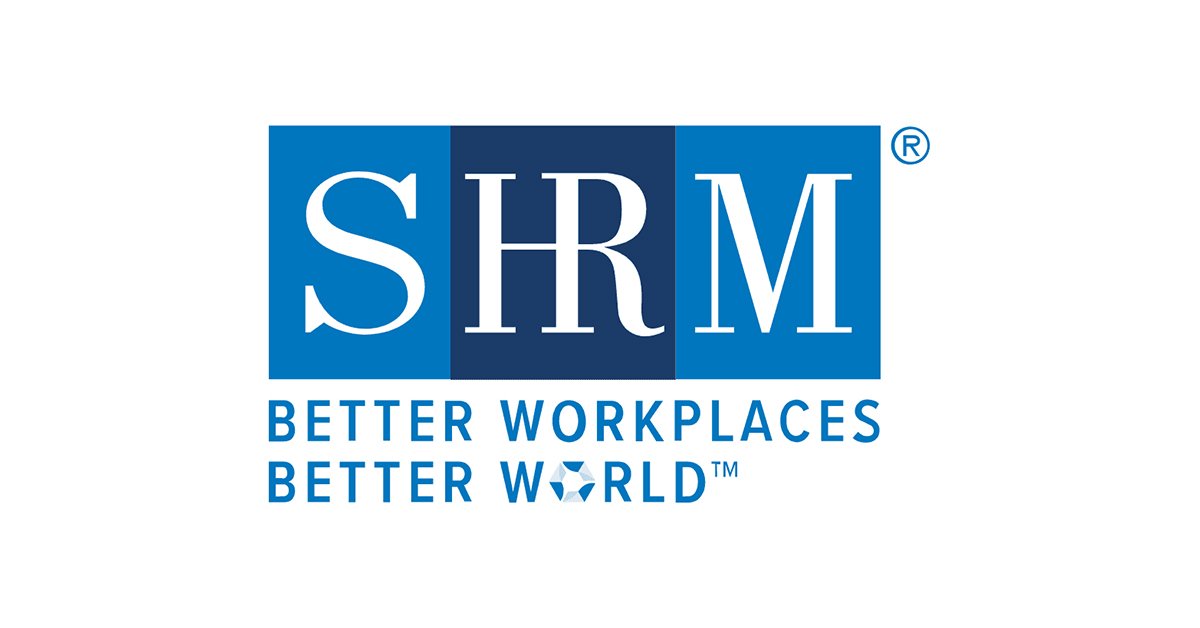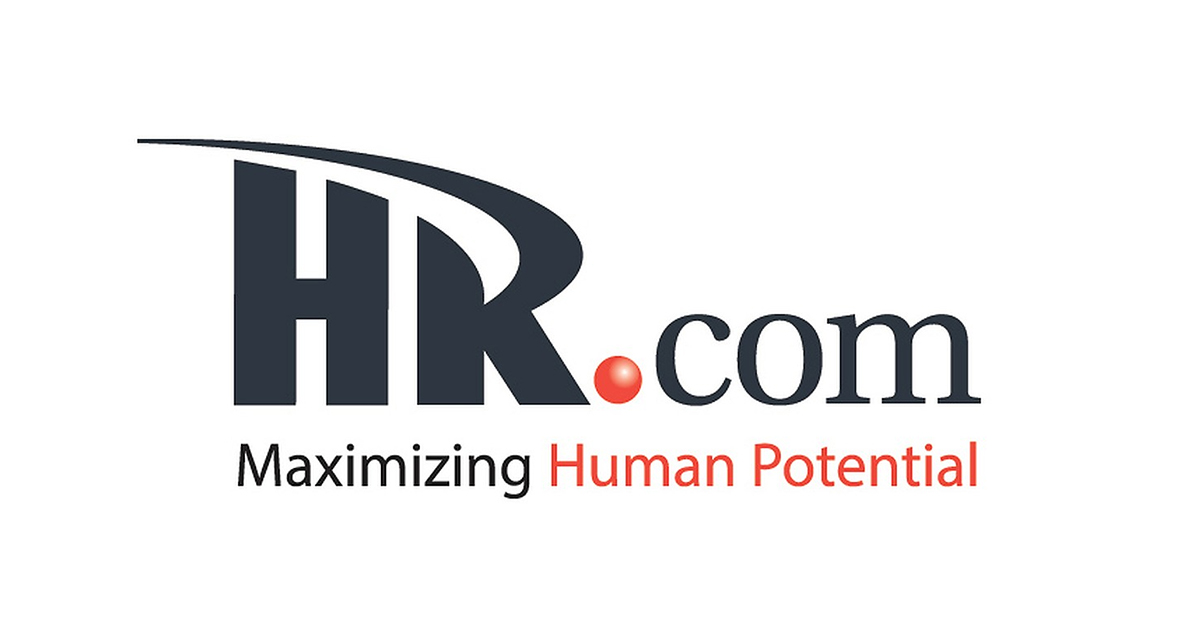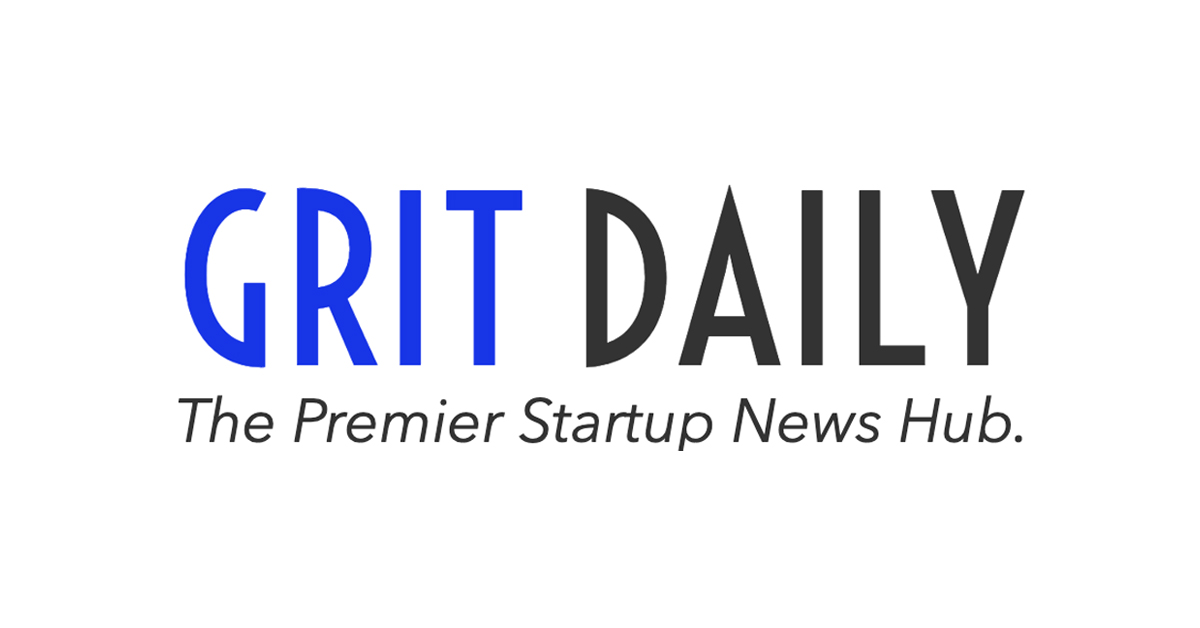If you’re like me, you’ve been geeking out on the Uber saga since it started (from an HR standpoint) back in February. As a former HR leader, I’ve seen my fair share of colorful stories but have to admit, this one fired me up. In case you missed it, it all started when Susan Fowler, a former senior engineer at Uber published a blog in which she alleged rampant sexual harassment, retaliation and gender bias, among other things (here’s a timeline to catch you up). In addition to a ton of “you’ve got to be kidding me!” moments I had while reading the various accounts from current and former employees, I couldn’t help but think how things might have been different if Uber had invested in a proper system to guide and track investigations. Thankfully, I wasn’t the only one feeling that way. After hundreds of interviews, former U.S. Attorney General Eric Holder and his colleagues at Covington & Burling finalized their investigation into the alleged behaviors at the ride-sharing company and released their list of recommendations.
VALIDATION … FINALLY!
Someone said publicly what we’ve been saying for years: Organizations need a system to track and manage HR issues and investigations! It seems basic, but the number of companies we continue to see that are still using Excel or, even worse, nothing at all to track investigations is scary. With that said, here’s my point-by-point analysis of the relevant Holder recommendations:
RECORD-KEEPING REQUIREMENTS
“Uber should ensure it has appropriate tools, including complaint tracking software, to keep better track of complaints, personnel records, and employee data. For example, if a complaint is substantiated but results in discipline other than termination of employment, relevant stakeholders should be able to easily identify whether prior complaints have been lodged to ensure that appropriate action is taken with respect to repeat offenders. Likewise, senior managers should be able to track whether certain organizations or managers give rise to multiple complaints such that intervention with the manager is needed.”
Yes and yes! Beyond the obvious call for a system dedicated to complaint tracking, here are two other “must-have’s” I’ll pull from his text:
- Built-in, robust search: HR needs to know what else the involved employees have been up to. This data needs to be served up immediately as this previous history may have a significant bearing on how the __investigation is managed.
- Easy, powerful and scheduled reporting:__ Senior leaders should get reports on their leaders and/or business units sorted by number and type of issues. This needs to be a dashboard and must be available on-demand. Leaders review other business KPI’s as a way of understanding impact to the business. Something as important as employee behaviors should be no different.
TRAINING RECOMMENDATIONS
“Uber should train Human Resources personnel on the effective handling of complaints, including the proper and thorough investigation of complaints of harassment, discrimination, or retaliation, as well as the appropriate documentation of investigations and record-keeping … Uber should establish protocols with respect to escalating complaints that require investigation. There should be clear guidelines for managers and Human Resources Business Partners so that it is clear to everyone when a complaint should be further investigated and addressed …”
More spot on wisdom from Holder and his team. Here’s my take:
- Training isn’t enough: Don’t get me wrong, training is important, but people lose a good portion of what they learn in a fairly short amount of time. Therefore, an investigation solution needs to guide the users through a specific, flexible process. At HR Acuity, we call this our “on-rails” investigatory process. A good solution will be easy enough to use for someone who only does a few investigations a year and powerful enough for someone who does them every day.
- Protocols are essential: In addition to a process for escalation, there also must be consistent process around the investigation itself. One powerful way to do this is with interview protocols. By providing consistent statements for how the investigation will be conducted, there is a recognition that your organization takes the matter seriously and clarity among both the investigator and the employees of what is expected of them and what they can expect during the investigation. While the employee may not always like the outcome of an issue, if they feel they’ve been heard and treated fairly, they are much more accepting of the outcome (and less likely to write a blog post like Fowler did).
EMPHASIZING RETENTION
“Required exit interviews with neutral third parties (such as Human Resources representatives) should be instituted as one method for evaluating an employee’s decision to leave and identifying trends in employee turnover, particularly among employees Uber would prefer to retain.”
Although they can be a trove of actionable information, exit interviews are unfortunately often viewed by business leaders as a waste of time due to a few fatal flaws in approach:
- The conversations are ad hoc, without structure and have no target purpose
- The data is unused or is not even captured
A structurally sound exit interview solution will not only capture the necessary data for trending reasons for departures but can also be juxtaposed with other relevant data to better understand specific issues. Being more strategic with exit interviews will allow employers to wring value from the last moments with a departing employee and may even leave the door open for them to return at some point in the future.
“CAN’T WE JUST USE _ FOR THIS?”
If after reading all of this you’re now working on a business case for an employee relations management solution (and you should be!), it’s a safe bet that you’re going to question whether you already have technology in place that can handle these type of matters. Here is a list of the usual suspects you might consider along with my thoughts:
- Excel (or Google Sheets): Ah, good ol’ Excel — the duct tape of business. The most widely used alternative is sadly, often the worst. While it has the benefit of being “free,” it has a range of issues. Security is the pits. You can either share it and risk releasing the deepest, darkest secrets of your company to the world, or lock it down so no one can get value from it. Add to this the fact that you can’t actually “do” an investigation using Excel leads me to a resounding “two thumbs down.”
- HRIS: The issue here isn’t with the solution itself- there are plenty of very powerful HRIS solutions out there today. The issue is with the basic architecture. All HRIS systems make the employee record the center of the universe. This makes sense for things like benefits and payroll, but for a harassment case with one subject, two complainants and five witnesses, it just doesn’t make sense. The case needs to be at the center, since as we mentioned above you need to be able to search all involved parties on a case quickly and easily. Sorry HRIS — it’s not you, it’s me. Two thumbs down again.
- Whistleblower / Employee Hotline: At first glance, this looks like it could work. An outside company takes the call or email, then usually has some sort of basic case management system that your organization can use as part of the deal. Yet our analysis shows that fewer than 5 percent of HR issues are reported through these lines. In fact, most employees either don’t know they exist or don’t know how to use them. At best, this option provides a hint at what’s really happening, but can give a false sense of security to leadership. For this one, I’ll go with one thumb down because hotlines do have a place in the process.
Perhaps most important is what’s missing from all three: the investigation process itself. Even if used, these technology options will simply be repositories for tracking issues and outcomes. HOW the investigation is conducted and documented is oftentimes as — or more — important than the issue itself.
THE CASE FOR CASE MANAGEMENT
If you’ve reached this point of my manifesto, you know by now that HR Acuity On-Demand can solve for everything that’s been mentioned above, and so much more. Over the last 10 years, we’ve designed the system to specifically support the needs of our HR and Employee Relations users, and are incredibly proud of our solution. That being said, my biggest hope for anyone reading this is simple: Take the time to invest in a solution that makes sense now and in the future for your organization. The stakes are higher than ever and organizations that wait are only increasing their chances of an Uber-like debacle.




